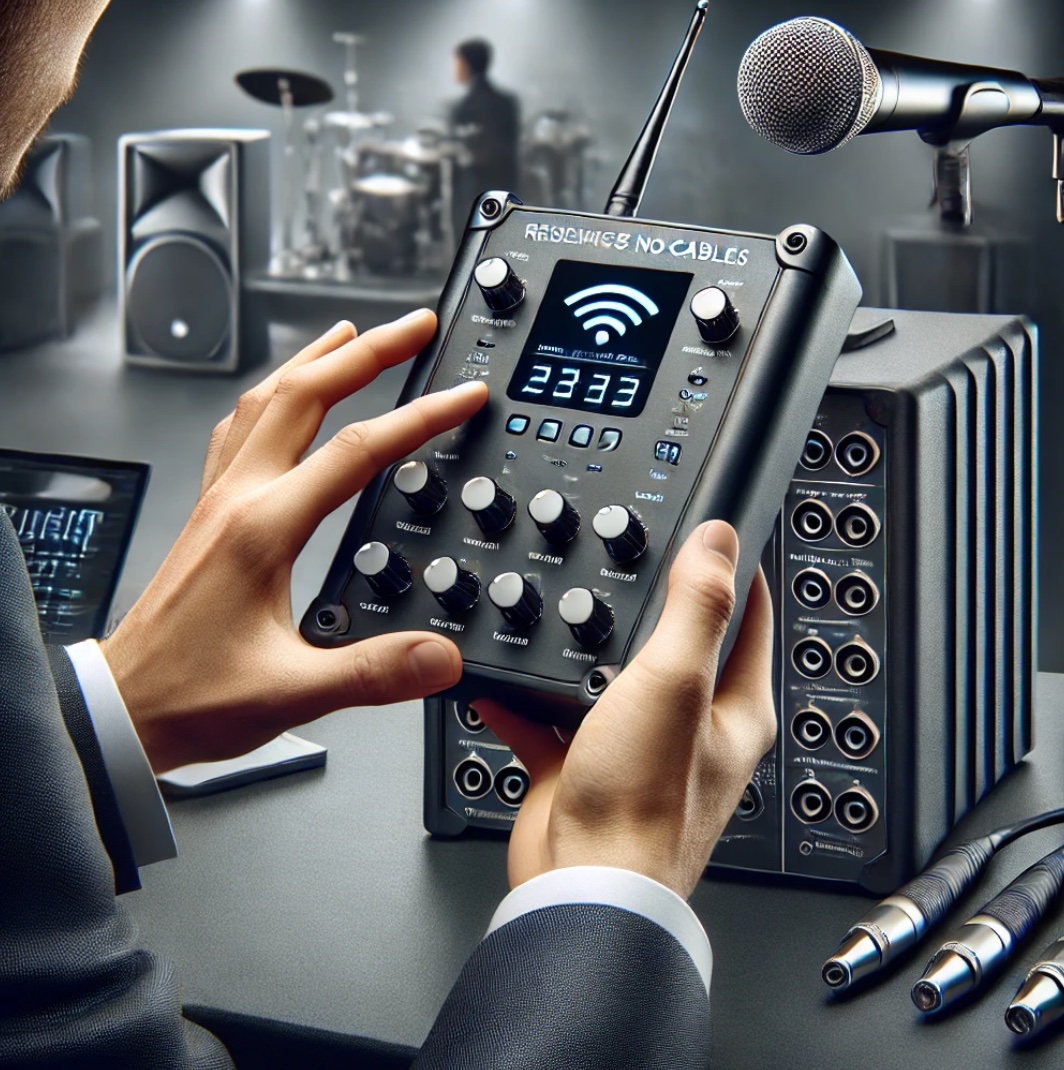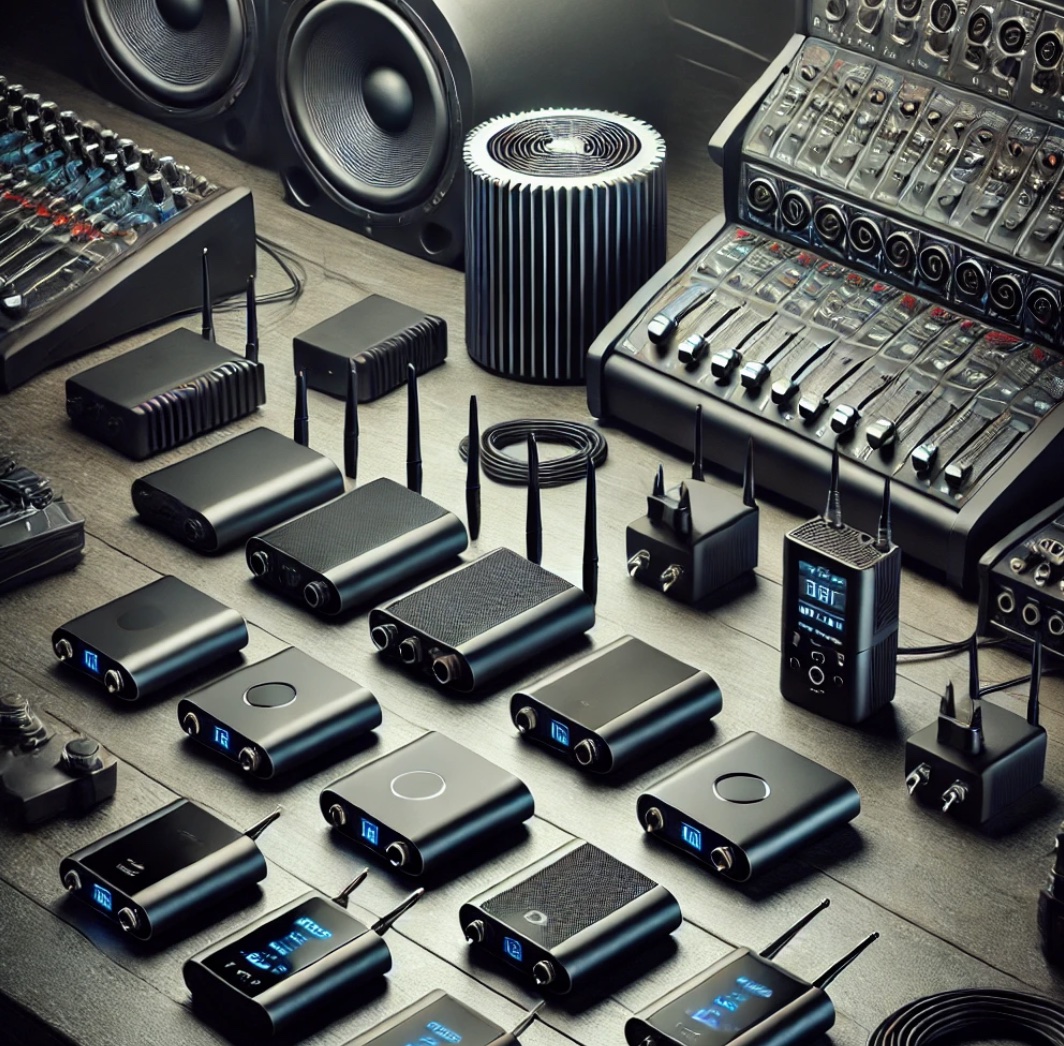Wireless amplifiers have revolutionized the world of audio equipment, providing convenience and flexibility that traditional wired systems cannot match. However, like any technology, they come with their own set of advantages and disadvantages. This article delves into the benefits and drawbacks of wireless amplifiers, helping you decide whether they are the right choice for your audio needs.

Introduction
The advent of wireless technology has transformed various aspects of our lives, including the way we experience and manage sound systems. Wireless amplifiers offer the promise of eliminating clutter, increasing mobility, and providing easier setups. However, potential users should be aware of both the advantages and the potential challenges associated with these devices. This article will explore the key benefits and drawbacks of wireless amplifiers to help you make an informed decision.
Benefits of Wireless Amplifiers
1. Convenience and Flexibility
No Cables Required: Wireless amplifiers eliminate the need for extensive cabling, reducing setup time and minimizing the risk of tripping hazards. This makes them ideal for both home audio systems and professional stage setups.
Portability: These amplifiers are often more portable than their wired counterparts. Without the need for power outlets and extensive wiring, you can easily move and reposition wireless amplifiers as needed.
Easy Installation: Setting up a wireless amplifier is generally straightforward. Most models come with user-friendly interfaces and intuitive controls, making them accessible even for those with limited technical knowledge.

2. Enhanced Mobility
Freedom of Movement: For musicians and performers, wireless amplifiers allow greater freedom of movement on stage. This can enhance performances by allowing artists to interact more dynamically with their audience.
Versatility in Placement: Wireless technology enables more versatile placement of speakers and amplifiers, allowing you to optimize sound distribution without being constrained by cable lengths.

3. Clean Aesthetics
Clutter-Free Setup: Without cables running everywhere, wireless amplifiers contribute to a cleaner, more aesthetically pleasing setup. This is particularly beneficial in home environments and modern office spaces where appearance matters.
Minimal Maintenance: With fewer cables to manage, maintaining your audio setup becomes easier. There's no need to worry about tangled wires or damaged cables, leading to a longer lifespan for your equipment.

Drawbacks of Wireless Amplifiers
1. Signal Interference and Range
Interference Issues: Wireless signals can be prone to interference from other electronic devices, walls, and physical obstructions. This can result in audio dropouts or degraded sound quality.
Limited Range: The effective range of wireless amplifiers can vary, and in some cases, the signal may not reach all desired areas, especially in large venues or spaces with multiple barriers.

2. Sound Quality Concerns
Potential Latency: Wireless amplifiers can introduce latency, which is a slight delay between the source audio and the output sound. While this may not be noticeable in casual listening, it can be problematic in live performances where precise timing is crucial.
Compression Artifacts: Some wireless systems use audio compression to transmit signals, which can lead to a loss of audio fidelity. This may be a concern for audiophiles or professional sound engineers seeking the highest sound quality.

3. Battery Dependence
Power Limitations: Wireless amplifiers often rely on batteries for power. This means that you need to monitor battery levels and recharge or replace batteries regularly to avoid interruptions during use.
Increased Maintenance: The need to manage batteries adds an extra layer of maintenance. This includes ensuring you have spare batteries on hand and potentially dealing with reduced performance as batteries deplete.

4. Cost Considerations
Higher Initial Investment: Wireless amplifiers tend to be more expensive than traditional wired models. The convenience and advanced technology come at a premium, which may not be justifiable for all users.
Potential Hidden Costs: In addition to the higher upfront cost, you might need to invest in additional components such as high-quality batteries, chargers, and signal boosters to maximize the performance of your wireless system.

Conclusion
Wireless amplifiers offer significant benefits in terms of convenience, flexibility, and aesthetics, making them a valuable addition to modern audio setups. However, potential users should weigh these advantages against potential drawbacks such as signal interference, sound quality concerns, and battery dependence. By understanding both the benefits and drawbacks, you can make an informed decision about whether wireless amplifiers are the right choice for your audio needs.